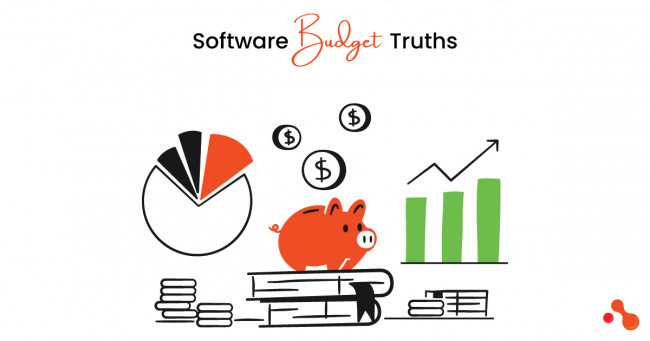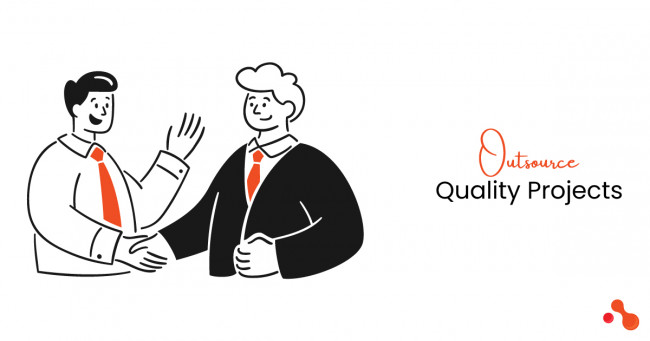When it comes to establishing a strong online presence, having a well-designed and functional website is crucial. However, the cost of web development can vary significantly depending on various factors. In this article, we will delve into the intricacies of web development costs and explore what you need to know before embarking on your web development journey.
Understanding the Basics of Web Development
Before we delve into the cost aspects, it's important to understand the basics of web development. Web development refers to the process of creating websites and web applications. It involves various disciplines such as web design, programming, content creation, and more.
Factors Affecting the Cost of Web Development
Several factors come into play when determining the cost of web development. These include the complexity of the project, the type of website or application being developed, the desired features and functionality, and the expertise of the web development team.
Types of Web Development Services
Web development services can vary depending on the specific needs of businesses and individuals. Let's explore some common types of web development services:
Static Websites
Static websites are basic websites that display fixed content and rarely require frequent updates. They are generally simpler in design and functionality, making them a cost-effective option for individuals or small businesses with limited requirements.
Dynamic Websites
Dynamic websites are more interactive and often include features such as user logins, database integration, and content management systems. These websites allow for real-time updates and personalized user experiences.
E-commerce Websites
E-commerce websites are designed for online businesses that require robust shopping cart functionality, secure payment gateways, and inventory management systems. These websites involve complex features and often require integration with third-party platforms.
Content Management Systems (CMS)
Content Management Systems (CMS) enable website owners to manage and update their website content without extensive technical knowledge. CMS platforms such as WordPress, Drupal, and Joomla offer flexibility and ease of use.
Custom Web Applications
Custom web applications are tailored solutions built to address specific business needs. These applications can range from project management systems to customer relationship management (CRM) tools, providing unique functionalities that cater to specific requirements.
Components Influencing Web Development Cost
Various components contribute to the overall cost of web development. Let's explore these factors in detail:
Design and Layout
The complexity and intricacy of the design and layout can impact the cost of web development. Customized designs and visually appealing elements often require more time and effort from designers.
Functionality and Features
The desired functionality and features of a website significantly influence the development cost. Advanced features such as e-commerce integrations, user registration systems, and social media integrations require additional development and testing.
Content Creation and Management
Creating high-quality content and managing it effectively plays a crucial role in web development. The cost can vary depending on whether the content is provided by the client or needs to be developed by professionals.
Integration and Third-Party Tools
Integrating third-party tools and services, such as payment gateways, analytics platforms, or social media plugins, can impact the overall development cost. These integrations require expertise and configuration.
Scalability and Future Updates
Considering scalability and the ability to accommodate future updates is essential. Developing a website that can easily scale and adapt to changing business needs may require additional investment.
Hosting and Maintenance
Web hosting and ongoing maintenance costs are important factors to consider. These costs vary depending on the hosting provider, server requirements, and the level of support and maintenance needed.

Average Cost of Web Development Services
The cost of web development services can vary significantly based on several factors. Let's explore the factors that determine the cost and the common pricing models:
Pricing Models
Web development services are typically offered based on different pricing models. These can include fixed project-based pricing, hourly rates, or retainer-based agreements. Each model has its pros and cons, and the choice depends on the project scope and requirements.
Factors Determining the Cost
The complexity of the project, the desired features, the size of the development team, and the level of expertise required are key factors that determine the cost of web development. Additionally, geographical location and market demand can also influence pricing.
Choosing the Right Web Development Service Provider
Selecting the right web development service provider is crucial for a successful project. Here are some factors to consider:
Experience and Portfolio
Evaluate the experience and portfolio of potential service providers to ensure they have the expertise and capabilities to handle your project requirements.
Technical Expertise
Verify that the development team possesses the necessary technical skills and knowledge to implement the desired features and functionality effectively.
Client Reviews and Testimonials
Read client reviews and testimonials to gain insights into the service provider's reputation, reliability, and customer satisfaction levels.
Communication and Support
Effective communication and ongoing support are essential for a smooth development process. Ensure that the service provider offers clear channels of communication and timely assistance.
Budget and Timeline
Discuss the project budget and timeline with the service provider to ensure it aligns with your expectations. A transparent discussion about costs and project milestones is vital.
Tips to Optimize Web Development Costs
Optimizing web development costs can be beneficial for businesses with limited budgets. Consider the following tips:
Define Your Requirements Clearly
Clearly outline your website's requirements and communicate them effectively to the development team. This ensures that the focus remains on delivering the necessary features within the specified budget.
Prioritize Features and Functionality
Identify the core features and functionality that are essential for your website's success. Prioritizing these aspects allows the development team to allocate resources efficiently.
Use Existing Tools and Platforms
Leverage existing tools and platforms, such as content management systems or e-commerce platforms, to reduce development costs. These pre-built solutions often provide a cost-effective and time-saving option.
Plan for Scalability
Consider future growth and scalability when developing your website. Implementing a scalable architecture from the start can help avoid significant redevelopment costs down the line.
Request Detailed Quotes and Contracts
Obtain detailed quotes and contracts from potential service providers. This ensures transparency regarding costs, deliverables, and project timelines, mitigating the risk of unexpected expenses.
Conclusion
Understanding the factors that influence the cost of web development is crucial for businesses and individuals embarking on their online journey. By considering the various components, choosing the right service provider, and implementing cost optimization strategies, you can achieve a successful and cost-effective web development project.












